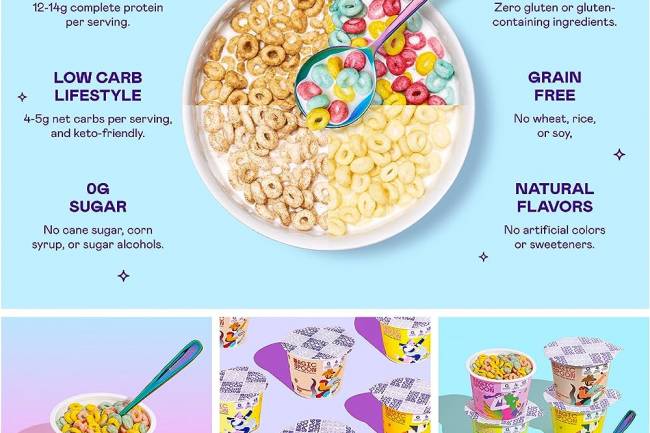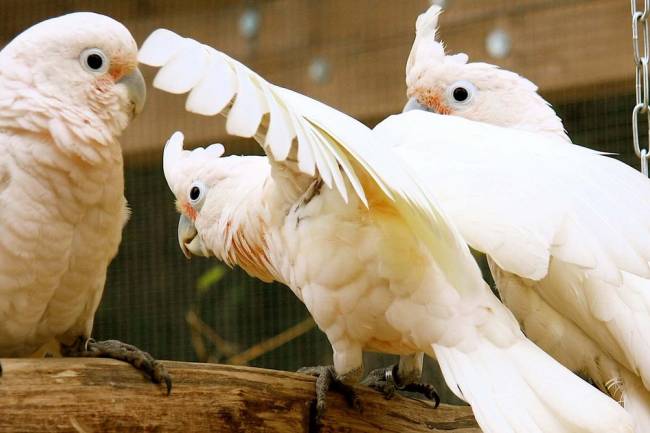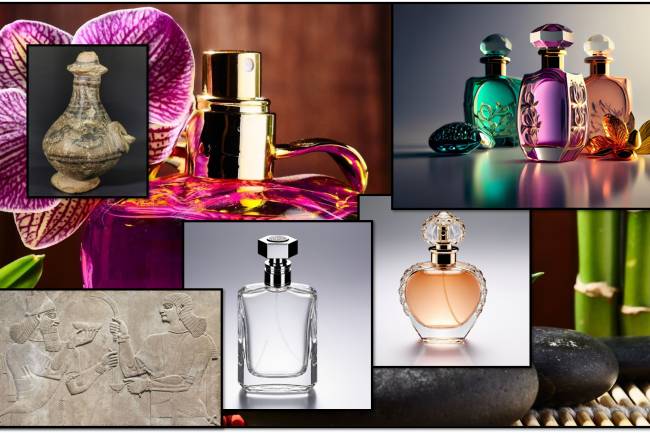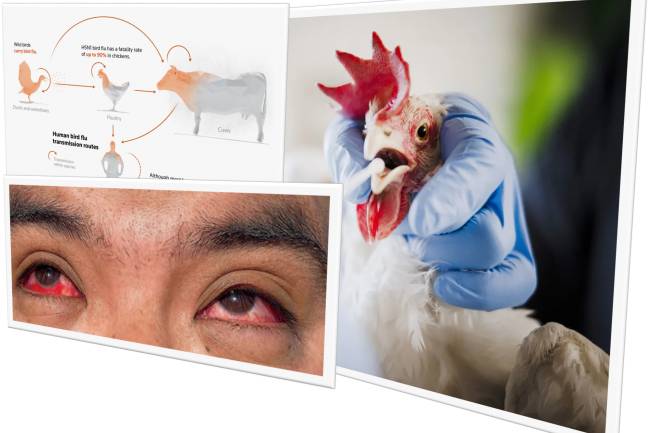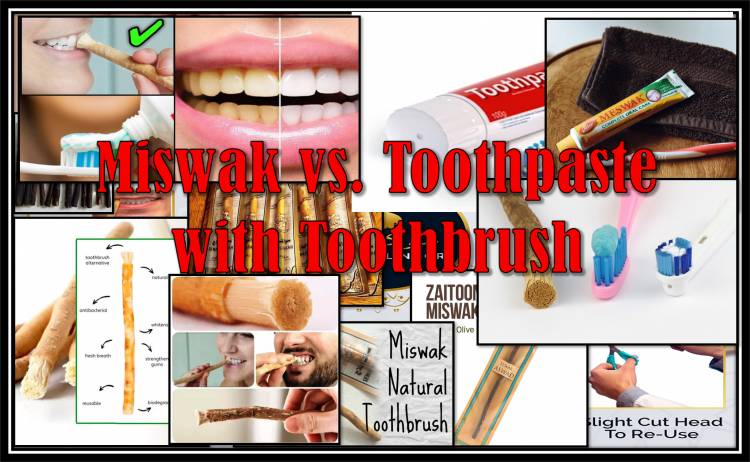
Miswak vs. Toothpaste with Toothbrush Detailed Information
Miswak vs. Tooth Past Information
Toothpaste vs. Miswak:
Toothpaste is a modern dental hygiene product that is usually formulated with a combination of fluoride, abrasives, and flavourings. It is designed to clean teeth, prevent cavities, and freshen breath when used with a toothbrush. The fluoride in toothpaste is particularly effective in strengthening enamel and preventing cavities.
Miswak is a traditional oral hygiene tool made from the Salvadora persica tree, also known as the “toothbrush tree.” It has been used for centuries in various cultures, especially in the Middle East and South Asia. The musk contains natural antibacterial properties, helps remove plaque, and is believed to prevent cavities and gum disease. It is often praised for being a natural and environmentally friendly alternative to modern dental products.
Both toothpaste and mouthwash are effective in promoting oral hygiene, but they cater to different cultural preferences and practices. While toothpaste is widely used in contemporary dental care, misoak is valued for its natural benefits and traditional significance.
Here is a comparison of toothpaste and Miswak:
1. Summary:
Toothpaste: Formulated with a combination of ingredients such as fluoride, abrasives, detergents, humectants, thickeners, and flavourings. Fluoride is a key component that helps prevent cavities.
Miswak: Natural stick obtained from the Salvadora persica tree. Contains natural antibacterial agents, essential oils, and minerals such as fluoride, silica, and vitamin C.
2. Usage:
Toothpaste: Applied with a toothbrush, requires water to be effective. Toothpaste is part of a daily oral hygiene routine and is usually used twice a day.
Miswak: Can be used without water and does not need a toothbrush. The end of the miswak is chewed to form bristles, which are used to brush teeth.
3. Effectiveness:
Toothpaste: It has been shown to reduce cavities, plaque, and gum disease when used regularly. The fluoride content strengthens enamel, while the abrasive agents help remove stains.
Miswak: Studies have shown that miswak is effective in reducing plaque, gingivitis, and preventing cavities. Its antiseptic quality help keep oral hygiene.
4. Cultural and Religious Significance:
Toothpaste: Basically a modern invention with no cultural or religious significance, though it is widely accepted and used globally.
Miswak: It has cultural and religious significance, especially in Islamic practices, where its use is recommended by the Prophet Muhammad. It is also traditionally used in Africa, the Middle East, and many parts of Asia.
5. Environmental Effects:
Toothpaste: It usually comes in plastic tubes that contribute to environmental waste. Some ingredients in toothpaste may also have environmental impacts.
Miswak: A biodegradable and eco-friendly option as it is a natural product and requires no additional packaging or tools.
6. Availability and Convenience:
Toothpaste: Widely available in different formulations including sensitive teeth, whitening and children's versions. Convenient for daily use.
Miswak: Readily available in regions where it is traditionally used, though it can be difficult to find in other parts of the world. Its portability and lack of water make it convenient in certain situations.
7. Taste and Freshness:
Toothpaste: Comes in a variety of flavours, usually mint, which leaves the mouth feeling fresh.
Miswak: Has a slightly bitter natural taste that some people find less pleasant than flavoured toothpaste. However, it also leaves a feeling of freshness and cleanliness.
8. Cost:
Toothpaste: Generally inexpensive, but prices can vary depending on brand and type.
Miswak: Generally very inexpensive, especially in areas where it is commonly used.
Result:
Both toothpaste and mouthwash are effective in maintaining oral hygiene, but they differ in their composition, use and cultural significance. Toothpaste is a modern, scientifically developed product, while miswak is a natural and traditional alternative with deep cultural roots. The choice between the two often depends on personal preferences, cultural practices and environmental considerations.
Toothpaste/Miswak:
Toothpaste is a modern dental hygiene product that is usually formulated with a combination of fluoride, abrasives, and flavours. It is designed to clean teeth, prevent cavities, and freshen breath when used with a toothbrush. The fluoride in toothpaste is particularly effective in strengthening enamel and preventing cavities.
Miswak is a traditional oral hygiene tool made from the Salvadora persica tree, also known as the “toothbrush tree.” It has been used for centuries in various cultures, especially in the Middle East and South Asia. The musk contains natural antibacterial properties, helps remove plaque, and is believed to prevent cavities and gum disease. It is often praised for being a natural and environmentally friendly alternative to modern dental products.
Both toothpaste and mouthwash are effective in promoting oral hygiene, but they cater to different cultural preferences and practices. While toothpaste is widely used in contemporary dental care, musk is valued for its natural benefits and traditional significance.
How many types of toothpaste are used in the world?
There are many types of toothpaste available around the world, each designed to meet specific dental needs.
Here is an overview of the maximum mutual kinds:
1. Fluoride toothpaste:
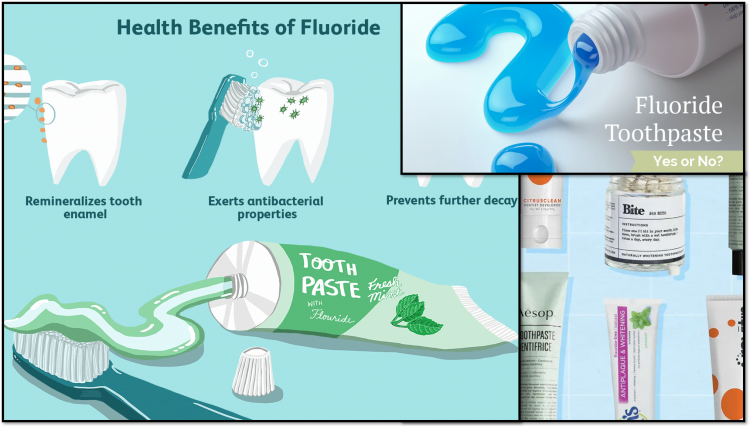
Purpose: The most common type, formulated to strengthen tooth enamel and prevent cavities.
Key ingredients: Fluoride (sodium fluoride, stannous fluoride).
2. Whitening toothpaste:
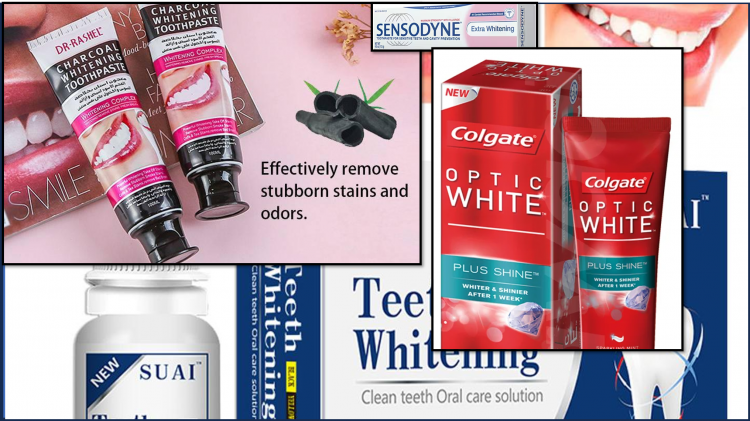
Purpose: Designed to remove surface stains and brighten teeth.
Key ingredients: Abrasives, hydrogen peroxide or carbamide peroxide.
3. Tartar control toothpaste:
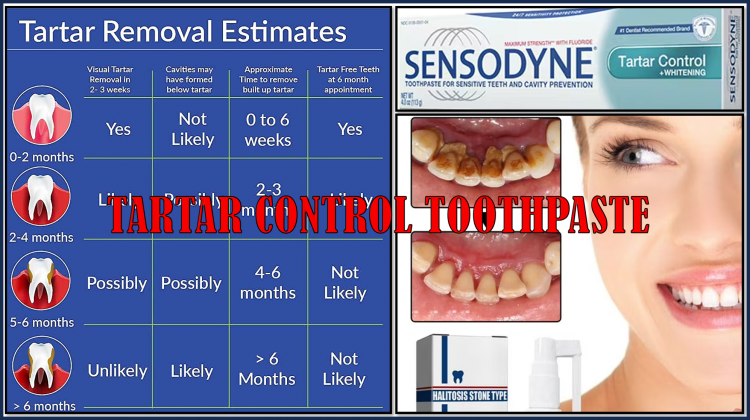
Purpose: Helps stop plaque (hard plaque) buildup.
Key ingredients: Pyrophosphates or Zinc Citrate.
4. Toothpaste for sensitive teeth:
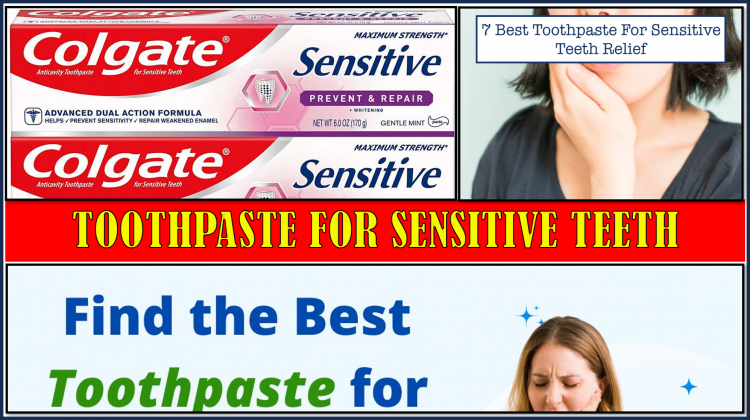
Purpose: Reduce discomfort caused by hot, cold or sweet foods and drinks formulated for people with dental sensitivity.
Key ingredients: Potassium nitrate or stannous fluoride.
5. Anti-gingivitis toothpaste:
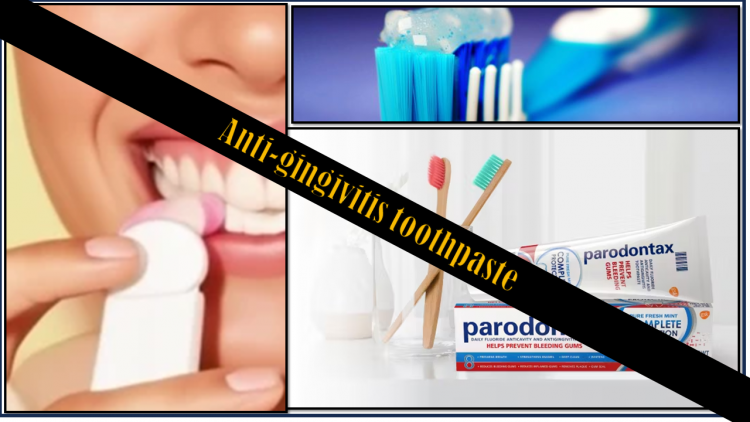
Purpose: Targets gum health by reducing inflammation and bleeding gums.
Key ingredients: Triclosan, stannous fluoride or chlorhexidine.
6. Herbal or natural toothpaste:
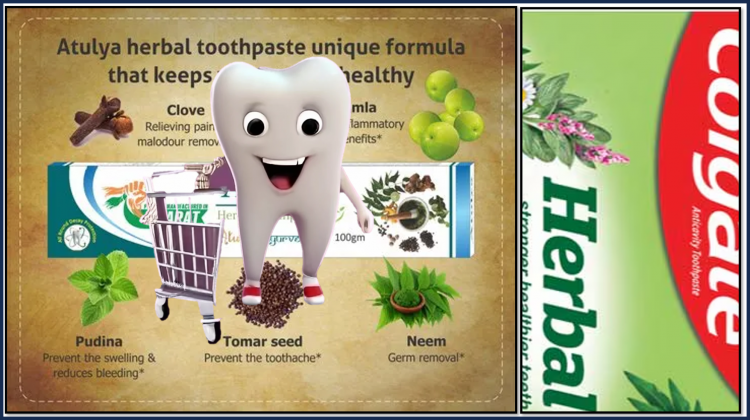
Purpose: Uses natural ingredients and avoids synthetic chemicals, looking for organic or environmentally friendly products.
Key ingredients: Herbal extracts (e.g., neem, tea tree oil, aloe vera), baking soda.
7. Charcoal toothpaste:
Purpose: Claims to whiten teeth by absorbing surface stains and toxins.
Key ingredients: Activated charcoal.
8. Children's toothpaste:
Purpose: Specially formulated for children, with low fluoride content and mild flavors.
Key Ingredients: Often contains fun Flavors and colours and fluoride levels adjusted for kids.
9. Smoking Toothpaste:
Purpose: Specifically designed to remove stains caused by smoking and reduce bad breath.
Key Ingredients: Harsh abrasives and sometimes whitening agents.
10. Probiotic Toothpaste:
Purpose: Contains beneficial bacteria to promote a balanced oral microbiome.
Key Ingredients: Probiotics such as Lactobacillus or Bifidobacterium.
11. Dry Mouth Toothpaste:
Purpose: Helps relieve dry mouth symptoms and stimulates saliva production.
Key Ingredients: Enzymes, xylitol, or artificial saliva.
12. Anti-Cavity Toothpaste:
Purpose: Focuses on preventing cavities and maintaining overall dental health.
Key Ingredients: High in fluoride.
13. Enamel Repair or Strengthening Toothpaste:
Purpose: Aims to repair or strengthen weak enamel.
Key Ingredients: Calcium Phosphate, Fluoride, or Hydroxyapatite.
14. Orthodontic Toothpaste:
Purpose: Specially formulated for people with braces or other orthodontic appliances to prevent cavities and gum problems around the hardware.
Key Ingredients: Fluoride, antibacterial agent.
15. Vegan or Cruelty-Free Toothpaste:
Purpose: Made without animal-derived ingredients and not tested on animals, catering to ethical consumers.
Key Ingredients: Natural ingredients, excluding animal-derived ingredients such as animal-derived glycerine.
16. Homemade or DIY Toothpaste:
Purpose: Made at home with simple ingredients for those who prefer to avoid commercial products.
Key Ingredients: Baking Soda, Coconut Oil, Essential Oils.
Regional variations:
Some countries offer toothpaste with specific local ingredients or flavors that cater to regional preferences, such as clove or cardamom in South Asia.
These different types of toothpaste meet the diverse needs of people around the world, making it easier for them to find a product that suits their specific oral health needs.
How many types of Miswaks are there in the world?
Miswak consequent from different types of plants is used in different areas of the world.
The most common types of toothbrushes are:
Plant-1: Salvadora Persica (Araca Tree):
The most widely used and recognized type of misoak, especially in the Middle East, North Africa, and South Asia.
Known for its strong antibacterial properties and high fluoride content.
Plant-2: Olive Tree (Olea europaea):
Used in some parts of the Mediterranean and in some Islamic traditions.
Consider a good alternative to Salvador Persica Maswak with similar benefits.
Plant-3: Neem Tree (Azadirachta indica):
Commonly used in and around India.
Neem buds are known for their strong antimicrobial properties and are used in traditional Ayurvedic practices.
Plant-4: Linden Tree (Citrus orantifolia):
Used in some areas, especially in Southeast Asia.
Covers natural acids that aid fresh and whiten teeth.
Plant-5: Walnut (Juglans regia):
Used in some Vital Asian and Middle Eastern republics.
Known for its astringent properties, which help strengthen gums.
Regional preferences:
Middle East and North Africa: Use primarily miswak from the Salvadora persica tree.
South Asia: Use Neem or Salvadora Persica Maswak frequently.
Sub-Saharan Africa: Use primarily the Salvadora persica tree, but other native trees can also be used.
Mediterranean region: Olive twigs are sometimes used as a substitute.
“Each type of toothbrush has its own unique properties, but they all perform the same basic function of maintaining oral hygiene. The choice of miswak often depends on local availability and cultural practices.”














